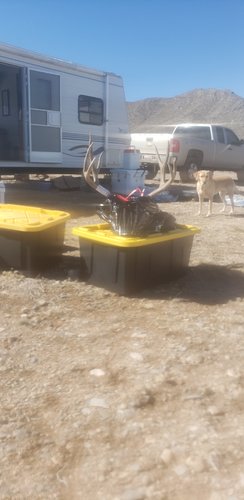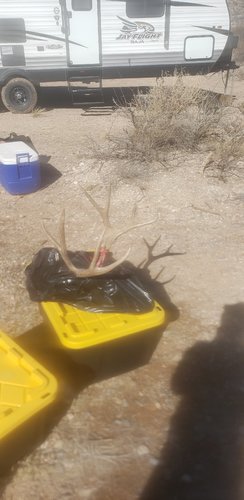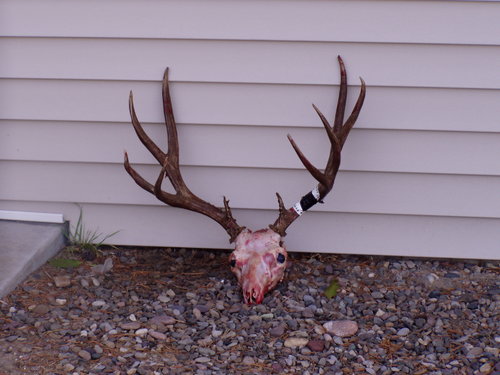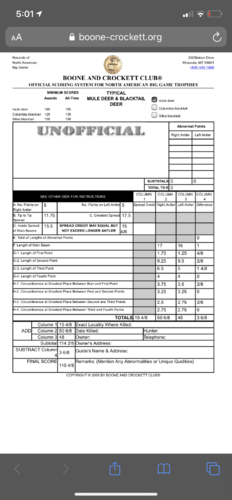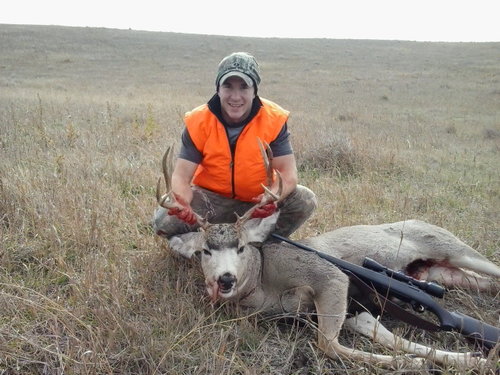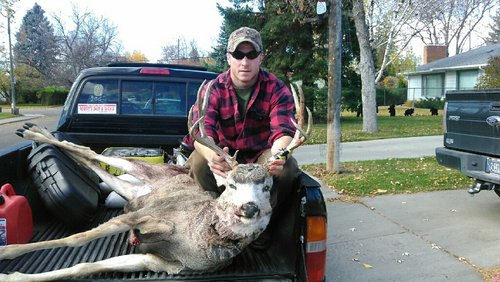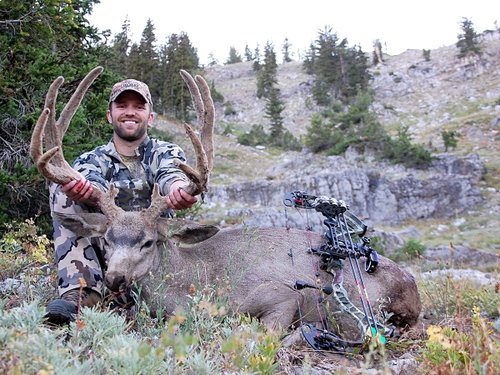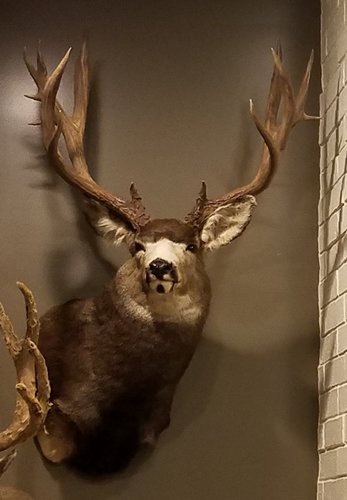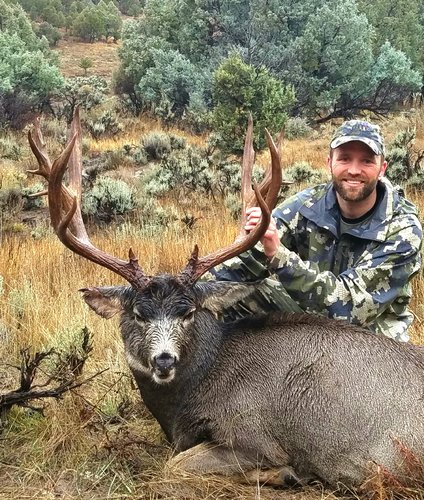ida homer
Well-known member
I can tell you one thing if you see a 180 buck your gonna know it. They're just...... different. Kinda like looking at bears, if you gotta talk yourself into shooting it then it's probably not what you think it is. When you see a big tuby come out though you know it there's no second guess. Same with a mule deer, big frame, heavy, large body, etc. You will know he's a shooter.
+1000
You won’t need to get out the spotter, you’ll know immediately.




